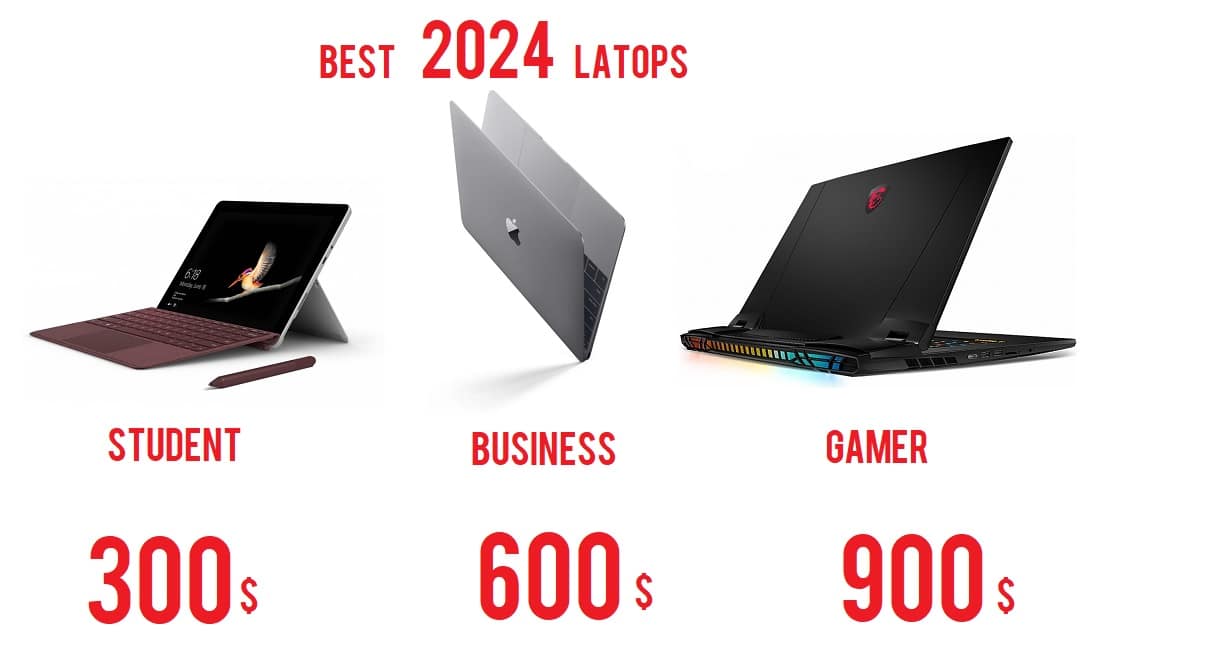The Rise of Nvidia in ARM-Based AI PCs: What You Need to Know
In the evolving landscape of computing, Nvidia is making significant strides by entering the realm of ARM-based AI PCs, aiming to disrupt the market currently dominated by traditional players like Intel and AMD. Here’s a detailed look at Nvidia’s strategy, potential impact, and what it means for you.
Understanding Nvidia’s Strategy
Nvidia, historically known for its powerful GPUs, is now venturing into the world of ARM-based systems-on-chip (SoCs). This move follows a trend where major tech giants are investing heavily in AI-driven computing devices. While competitors like AMD and Intel have already joined the race, Nvidia’s entry promises a unique approach with a focus on AI capabilities integrated into its hardware.
Key Partnerships and Rumors
Rumors suggest Nvidia might partner with MediaTek initially for its ARM-based SoCs, with plans to transition to in-house designs in subsequent generations. This cautious approach mirrors Apple’s successful transition from x86 to ARM architecture, signaling Nvidia’s long-term commitment to this market shift.
Implications for the PC Market
Nvidia’s entry into ARM-based AI PCs could pose both challenges and opportunities. While established players like AMD and Intel hold strong market positions, Nvidia’s expertise in AI and machine learning could set it apart. The strategy aims to capitalize on Nvidia’s CUDA ecosystem, offering optimized AI models and applications that leverage its powerful GPUs.
Product Line and Implementation
Initially, Nvidia may introduce discrete PCIe cards for AI inference acceleration, followed by integrated solutions in MediaTek’s SoCs or Nvidia’s own chiplet designs. This approach is expected to cater to enterprise needs first, integrating AI capabilities seamlessly into existing workflows and applications.
Impact on Enterprise and Consumer Markets
In the enterprise sector, Nvidia’s ARM-based PCs could revolutionize productivity with advanced AI models tailored for specific tasks like image processing, language translation, and data analysis. This could lead to widespread adoption among businesses seeking enhanced efficiency and performance.
Potential for Consumer Adoption
While the initial focus is on enterprise solutions, Nvidia’s vision extends to the consumer market. Future products might include AI-enhanced gaming PCs or mini consoles leveraging Nvidia’s GPU prowess and AI capabilities. This could appeal to gamers and consumers looking for innovative, AI-driven computing experiences.
The Road Ahead: Challenges and Opportunities
Despite the promising outlook, challenges remain, such as software compatibility and market acceptance. Nvidia will need to navigate these hurdles while leveraging its strengths in AI and GPU technology to drive adoption. The success of ARM-based AI PCs hinges on delivering superior performance, seamless integration, and compelling use cases across both enterprise and consumer markets.
Conclusion: Nvidia’s Bold Move into the Future
Nvidia’s foray into ARM-based AI PCs represents a bold step towards reshaping the computing landscape. With a focus on AI integration, strategic partnerships, and potential consumer-driven innovations, Nvidia aims to carve out a niche in the evolving PC market. Whether this endeavor will lead to a paradigm shift akin to past technological leaps remains to be seen, but Nvidia’s vision promises to bring advanced AI capabilities to the forefront of computing.
For more insights into Nvidia’s ARM-based AI PCs and the future of computing, stay tuned to the latest developments and innovations shaping the industry.
This article provides a comprehensive overview of Nvidia’s entry into ARM-based AI PCs, highlighting key strategies, potential impacts, and future possibilities for both enterprise and consumer markets.











